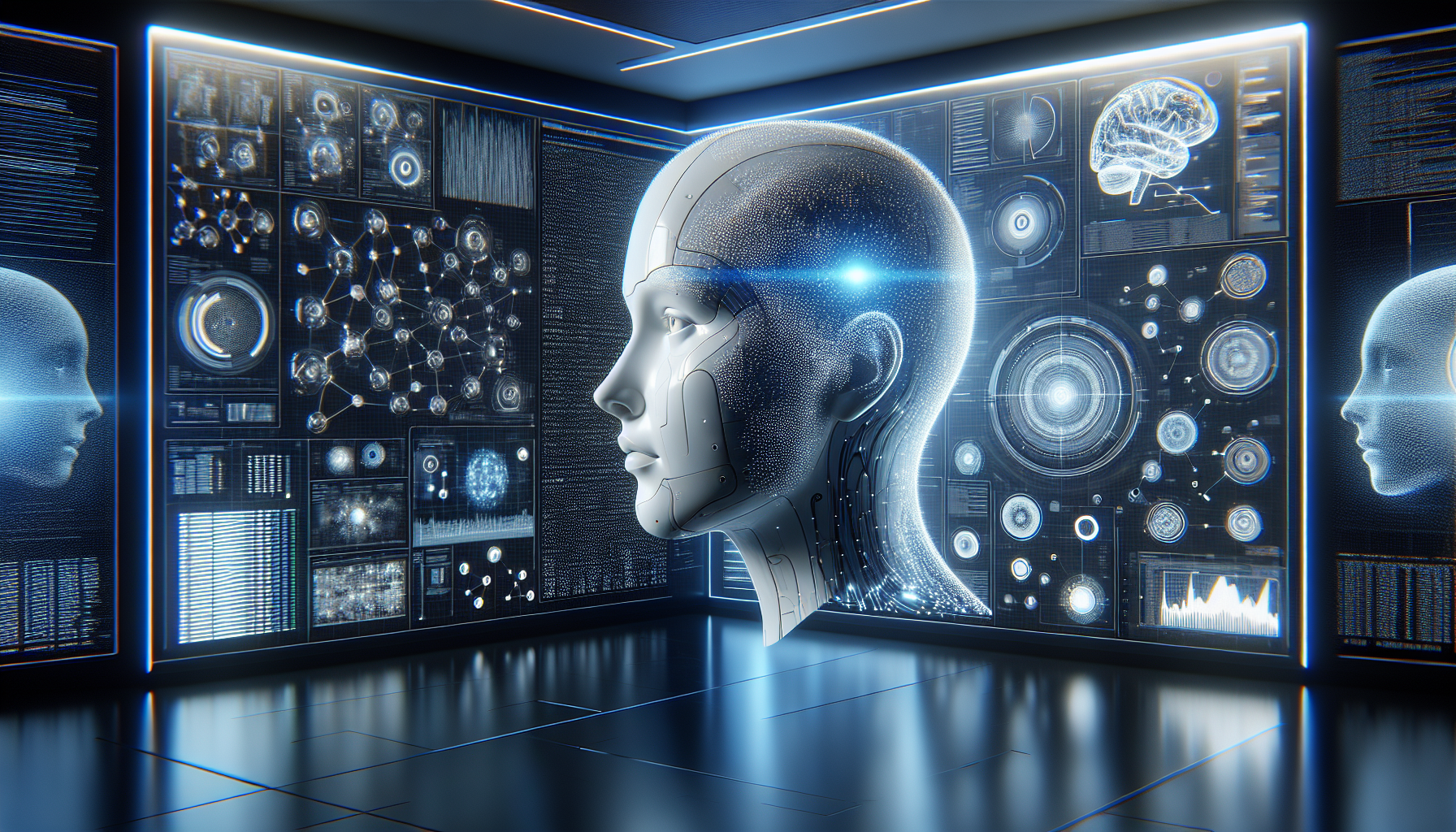
AI in Journalism: Separating Fact from Fiction in the Age of Automation
February 23, 2025
In the realm of journalism, artificial intelligence is often seen as a double-edged sword, promising both revolutionary advancements and potential pitfalls. As AI technologies continue to permeate newsrooms, it's crucial to scrutinize the myths surrounding their role in automating reporting and fact-checking. Are machines truly poised to replace human journalists, or is the narrative more nuanced than it seems?
Contrary to popular belief, AI is not an omnipotent force capable of fully supplanting the human element in journalism. The notion that algorithms can independently generate insightful news stories overlooks the nuanced understanding and contextual awareness that human reporters bring to the table. While AI can indeed parse vast amounts of data more swiftly than any human, it lacks the ability to interpret the subtleties of human emotion and societal impact. Automation can handle fact-checking with impressive speed, but it still requires human oversight to ensure accuracy and relevance.
The allure of AI in journalism often stems from its capacity to enhance efficiency. Automated systems can sift through data, identify patterns, and even write basic reports on topics like financial earnings or sports scores. However, this efficiency is limited to specific, formulaic tasks. The idea that AI can replicate the investigative rigor and ethical considerations of a seasoned journalist is a myth that needs dispelling.
Consider the process of fact-checking, a critical component of responsible journalism. AI tools can cross-reference information against vast databases, flagging discrepancies and potential falsehoods. Yet, machines lack the discernment to navigate the complexities of context and intent. Fact-checking is not merely about verifying data; it involves understanding the nuances of language, potential biases, and the broader implications of publishing certain information. This is where human judgment remains indispensable.
Moreover, the reliance on AI can inadvertently perpetuate biases. Algorithms are only as objective as the data they are trained on. If fed biased or incomplete data, AI systems can inadvertently reinforce existing prejudices. This is particularly concerning in reporting, where impartiality and fairness are paramount. Without careful oversight, AI-driven journalism risks amplifying misinformation rather than mitigating it.
Despite these challenges, AI's role in journalism is not without merit. It can serve as a valuable tool, augmenting the capabilities of human journalists rather than replacing them. For instance, AI can assist in identifying emerging trends and uncovering stories that might otherwise go unnoticed. It can also streamline mundane tasks, freeing up journalists to focus on in-depth reporting and analysis.
However, the integration of AI in journalism demands transparency and accountability. News organizations must be forthright about the extent to which AI influences their reporting processes. This transparency is vital to maintain public trust and ensure that readers understand the limitations and capabilities of AI-generated content.
As we navigate this evolving landscape, it's imperative to question the implications of AI in journalism critically. What does it mean for the future of news reporting if we increasingly rely on machines for information dissemination? Can AI truly uphold the ethical standards that underpin quality journalism, or will it inadvertently erode the credibility of the news industry?
The conversation around AI in journalism is far from over, and it invites deeper exploration into how these technologies can coexist with traditional reporting practices. As we continue to myth-bust the perceived capabilities of AI, one thing remains clear: the heart of journalism lies not in algorithms, but in the human pursuit of truth and understanding. The challenge is not to replace journalists with machines but to enhance their work, ensuring that the vital role of journalism in society endures amidst technological change.


